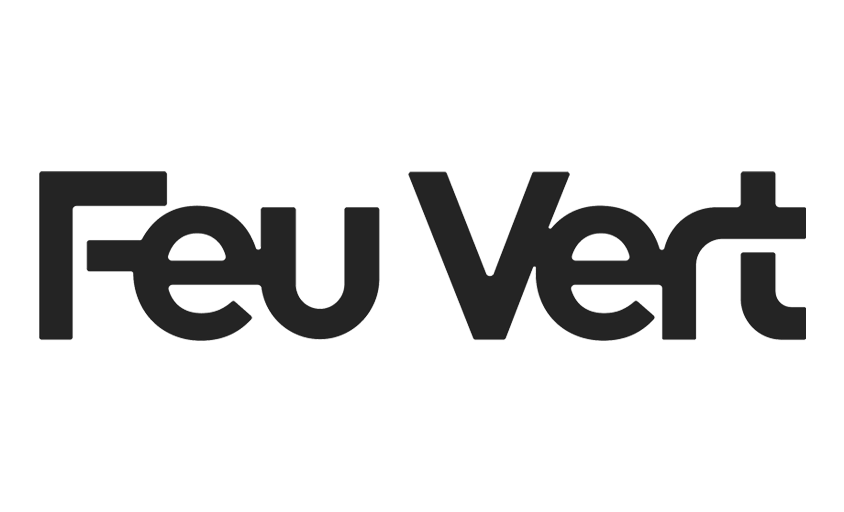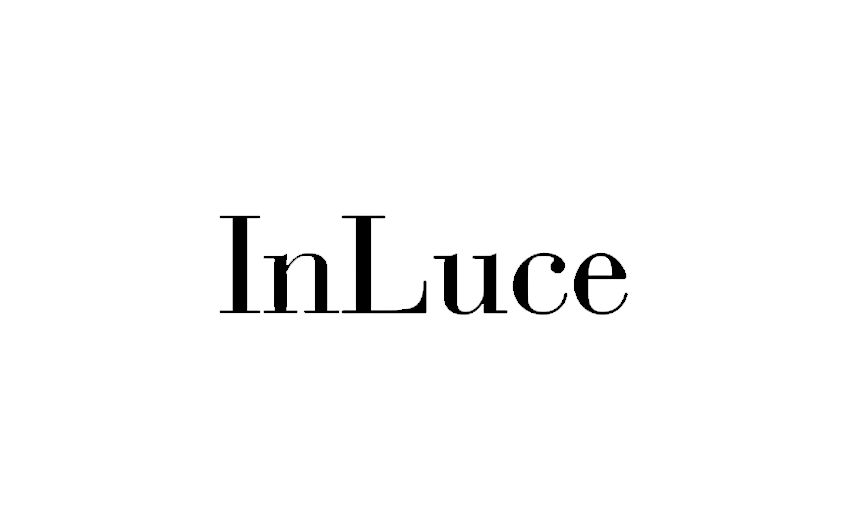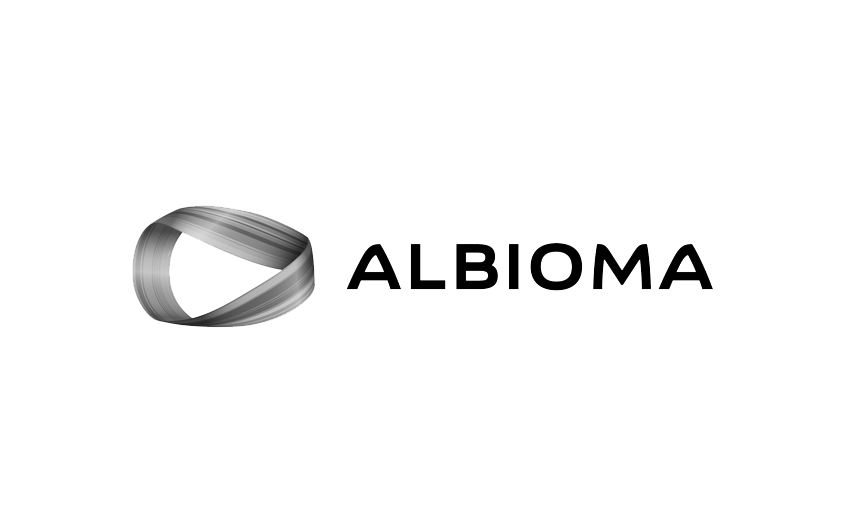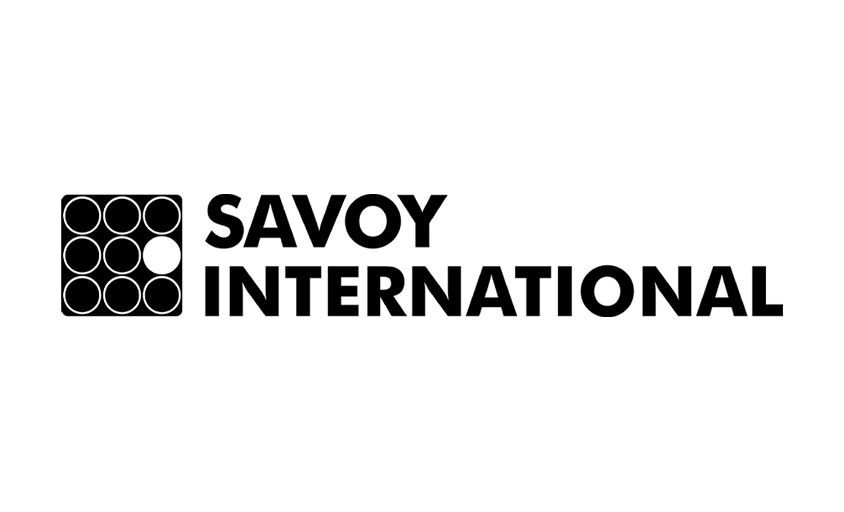The Digital Camera
In this article :
The digital camera has profoundly changed the way we capture and share images. By offering instant shooting and the ability to view results immediately, it has revolutionized the photography industry, making it more accessible to everyone. This model has replaced film cameras, becoming the essential tool for both amateur and professional photographers. In this article, we will explore in detail what a digital camera is, how it works, its advantages, and why it remains a preferred choice for many photographers.
1. What is a digital camera?
A digital camera (DC) is an electronic device that captures images in the form of digital files using an electronic sensor, rather than on photographic film. Unlike a film camera, which uses a chemical film, the digital camera records light on an electronic sensor, which converts this information into digital data.
Images taken with a digital camera are stored on a memory card, allowing them to be easily saved and transferred to a computer or printed. This process also allows for instant access to the photos taken, as well as far more flexible editing and retouching capabilities than traditional photography.
2. How a digital camera works
A digital camera operates on a principle similar to that of a film camera, but instead of capturing the image on film, it uses an electronic sensor to capture light. Here are the main steps of its operation:
- Image sensor: The heart of the digital camera is its image sensor, which can be either a CMOS sensor or a CCD sensor. This sensor consists of millions of pixels that capture light and convert it into digital signals.
- Lens and aperture: The lens of the digital camera allows light to enter and be directed toward the sensor. The aperture controls the amount of light entering the camera, while the shutter speed determines how long the sensor is exposed to light.
- Image processing: Once the image is captured, the sensor’s signal is sent to an image processor, which makes adjustments such as white balance, sharpness, and noise reduction. This processing improves the quality of the final image.
- Storage and visualization: The images are stored on a memory card, allowing the photographer to take numerous photos without worrying about running out of “film.” The photos can be immediately viewed on the camera’s LCD screen.
3. Types of digital cameras
There are several types of digital cameras, each with its own characteristics and advantages. Here are the main ones:
- Compact cameras: Compact cameras are small, lightweight, and easy to use. Ideal for beginner photographers or those looking for a simple solution to capture everyday moments. While their image quality is generally lower than that of more advanced models, they offer great convenience and good value for money.
- Digital Single-Lens Reflex (DSLR) cameras: DSLR cameras are more complex and are used by professional or passionate photographers. They offer larger sensors, better image quality, interchangeable lenses, and greater flexibility. They also allow for manual control over parameters such as exposure, depth of field, and shutter speed.
- Mirrorless cameras: These cameras are similar to DSLRs in terms of image quality but are more compact since they don’t have an internal mirror. This makes them lighter and more discreet while still offering professional-quality results. Increasingly popular, they provide an excellent alternative to DSLRs for those seeking a more portable camera.
4. The advantages of digital cameras
Digital cameras offer several advantages over their film counterparts. Here are some of the main benefits:
- Immediate preview: Unlike film photography, where you must wait for the film to be developed, digital cameras allow you to see the photos instantly. This enables the photographer to check and adjust settings immediately.
- Retouching and editing: Once the photo is captured, it can be edited directly using image processing software like Photoshop or Lightroom. The digital flexibility allows you to modify elements such as brightness, colors, and even specific details of the image without compromising quality.
- Unlimited storage: The memory cards in digital cameras can hold thousands of photos, allowing you to take a large number of shots without worrying about storage, unlike film, which limits the number of photos you can take.
- Lower long-term cost: Although the initial investment in a quality digital camera may be higher than that of a film camera, the cost per photo is significantly lower since there’s no need to buy film or pay for image development.
5. Differences with film photography
Although both types of photography share similar principles, digital photography has several major differences compared to film photography:
- Instantaneity: A digital camera allows you to view photos immediately after taking them, whereas in film photography, you have to wait for the film to be developed.
- Flexibility and editing: Digital photos can be easily retouched, enhanced, or adjusted after the shot, which is not possible with film photos without going through a complex development process.
- Image quality: While digital cameras offer exceptional image quality, film photos are often sought after for their unique grain and organic appearance, giving texture to the images.
- Storage: Digital images can be stored on compact memory media, while film photos require physical storage and development to be viewed.
- Stockage : Les images numériques peuvent être stockées sur des supports de mémoire compacts, tandis que les photos argentiques nécessitent un stockage physique et un développement pour pouvoir être vues.
6. Why choose a digital camera today?
The digital camera continues to be the preferred choice for many photographers due to its practicality, flexibility, and long-term cost efficiency. Whether you’re a beginner or a professional, it offers undeniable advantages:
- Convenient and fast: Digital cameras are quick to use, allow a wide range of settings, and provide immediate feedback on the shot.
- Accessibility and diversity: There is a wide range of digital cameras for all budgets and needs, whether for amateurs, semi-professional photographers, or professionals.
- Versatility and constant innovation: Digital camera manufacturers continue to innovate, with new features such as Wi-Fi connectivity, interchangeable lenses, and increasingly powerful sensors.
Conclusion
The digital camera has truly revolutionized the world of photography, offering photographers unmatched flexibility and efficiency. Whether you are a passionate hobbyist or a seasoned professional, the digital camera remains the tool of choice for capturing sharp, precise images, all while benefiting from ease of use and convenient storage. Contact us for more information on the best digital cameras or for advice tailored to your photographic needs.
Jérémy Carlo is the editorial director at Rétines, where he ensures the consistency and clarity of all content produced by the studio.
Our Clients
Let’s discuss
What we do for you at Rétines
Meticulous work, an organised project and fast delivery. And to achieve this, we mobilise the right resources in our teams at the right time.
01
Pre-production
Artistic and technical direction tailored to the project.
Relevant recommendations on content, form and resources.
02
Photo Shooting
Photos taken by our experienced photographers.
Production that’s controlled, efficient and tailored to the needs of the project, with nothing superfluous.
03
Retouching
Technique
Photographs magnified by our retouching team.
Post-production to meet the commercial challenges of the brief.












